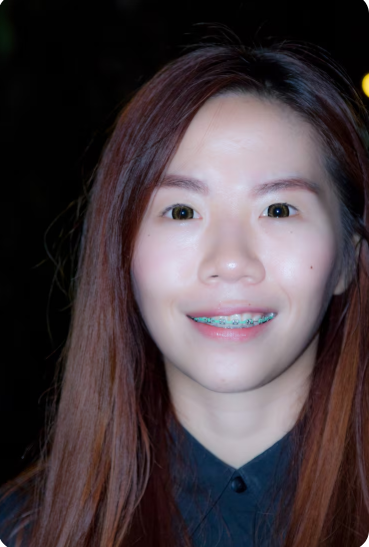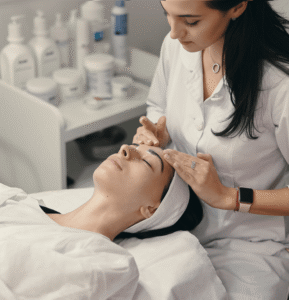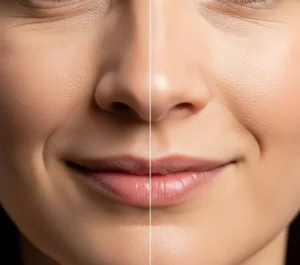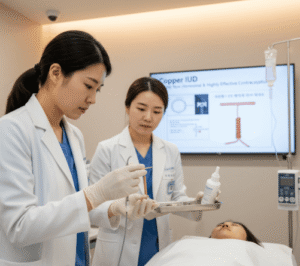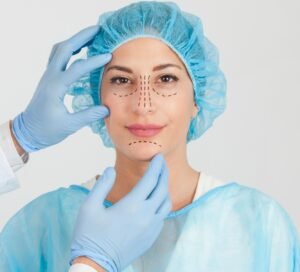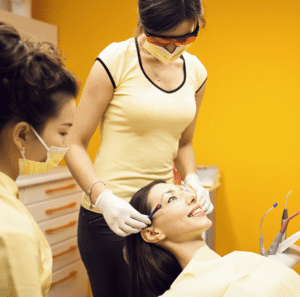What It Is
Two-jaw surgery, also known as orthognathic surgery or double jaw surgery, is a corrective surgical procedure performed on both the upper jaw (maxilla) and lower jaw (mandible). It repositions the jaws to correct misalignment, improve facial proportions, and resolve both functional and cosmetic concerns.
In Korea, this procedure is among the most advanced in the world. Korean surgeons are renowned for their precision, use of 3D surgical planning, and ability to combine functional correction with aesthetic facial balance. Many patients travel internationally to Korea for two-jaw surgery, seeking both medical excellence and natural cosmetic results.
Why It’s Done
Medical Reasons:
- Corrects severe malocclusion (bite problems such as overbite, underbite, or open bite)
- Treats sleep apnea caused by airway obstruction
- Resolves TMJ (temporomandibular joint) issues linked to misaligned jaws
- Improves chewing, speaking, and breathing functions
Cosmetic Reasons:
- Refines facial proportions, often slimming a protruding jaw
- Creates a balanced profile between nose, lips, and chin
- Achieves the highly desired “V-line” facial shape
Patient Factors:
- Usually performed on adults after bone growth has completed
- Common among patients with skeletal irregularities not correctable by orthodontics alone
- Increasingly chosen by individuals combining functional treatment with aesthetic improvement
Alternatives
- Orthodontic Treatment Alone: Effective for mild bite issues but cannot correct severe skeletal misalignment
- Chin or Jaw Implants: Cosmetic-only correction; no functional improvement
- Masseter Botox: Slims jaw muscles but does not change bone alignment
- Single Jaw Surgery: Sometimes only one jaw requires repositioning, but most complex cases need both
Preparation
Patients undergoing two-jaw surgery in Korea typically go through:
- Comprehensive Consultation: Involves orthodontists, oral surgeons, and plastic surgeons
- 3D Imaging and CT Scans: To simulate movements and preview results
- Orthodontics (Braces or Aligners): Often needed before surgery to align teeth properly
- Health Evaluation: Blood tests and overall health assessment
- Lifestyle Adjustments: Stop smoking, alcohol, and blood-thinning medications prior to surgery
- Fasting: Required for 6–8 hours before general anesthesia
How It’s Done
Type: Major surgical procedure under general anesthesia
Duration: 3–6 hours depending on complexity
Procedure Steps:
- Incisions are made inside the mouth to avoid visible scars
- The upper jaw (maxilla) is repositioned through a Le Fort I osteotomy
- The lower jaw (mandible) is repositioned through a bilateral sagittal split osteotomy (BSSO)
- The jaws are realigned and stabilized with titanium plates and screws
- Incisions are closed with dissolvable stitches
Hospitalization: Usually requires 3–5 days in the hospital for observation and initial recovery
Recovery
- First Week: Significant swelling, bruising, and mild discomfort; controlled with pain relief and cold compresses
- Diet: Liquid or very soft diet for 2–4 weeks due to jaw healing
- Speech & Function: May feel difficult at first but improves over time
- Downtime: Patients typically resume light activities within 3–4 weeks
- Orthodontic Follow-Up: Braces or aligners continue for several months to refine bite alignment
- Final Results: Visible within 3–6 months, with full healing taking 9–12 months
Possible Complications
- Swelling, bruising, and temporary numbness (common and expected)
- Infection at incision sites (prevented with antibiotics and hygiene)
- Nerve damage causing prolonged numbness in lips, chin, or cheeks (usually temporary, rarely permanent)
- Jaw stiffness or difficulty chewing during healing
- Asymmetry or relapse if bone shifts (minimized with modern fixation techniques)
- Sleep apnea improvement may vary depending on patient anatomy
Treatment Options in Korea
Diagnosis
Korean clinics emphasize precision through:
- 3D CT Scans and facial imaging
- Computer Simulation for surgical planning
- Team Consultations involving orthodontists, maxillofacial surgeons, and plastic surgeons
Medical Treatments
- Orthodontics alone for mild to moderate bite issues
- Non-surgical sleep apnea treatments for airway-related conditions
- Botox or fillers for cosmetic jawline adjustments (temporary)
Surgical or Advanced Therapies
- Standard Two-Jaw Surgery: Maxilla and mandible repositioning
- Single Jaw Surgery: For cases where only one jaw is misaligned
- Hybrid Procedures: Combined with genioplasty, cheekbone reduction, or facial contouring for aesthetic enhancement
- Minimally Invasive Variations: Some Korean clinics use smaller incisions and advanced tools for reduced downtime
Rehabilitation and Support
- Post-Operative Checkups: Frequent monitoring in the first weeks
- Dietary Support: Nutrition guidance for liquid and soft diets
- Swelling Management: Specialized treatments like lymphatic massage or laser therapy
- International Services: Translation, accommodation, and recovery support tailored to foreign patients

